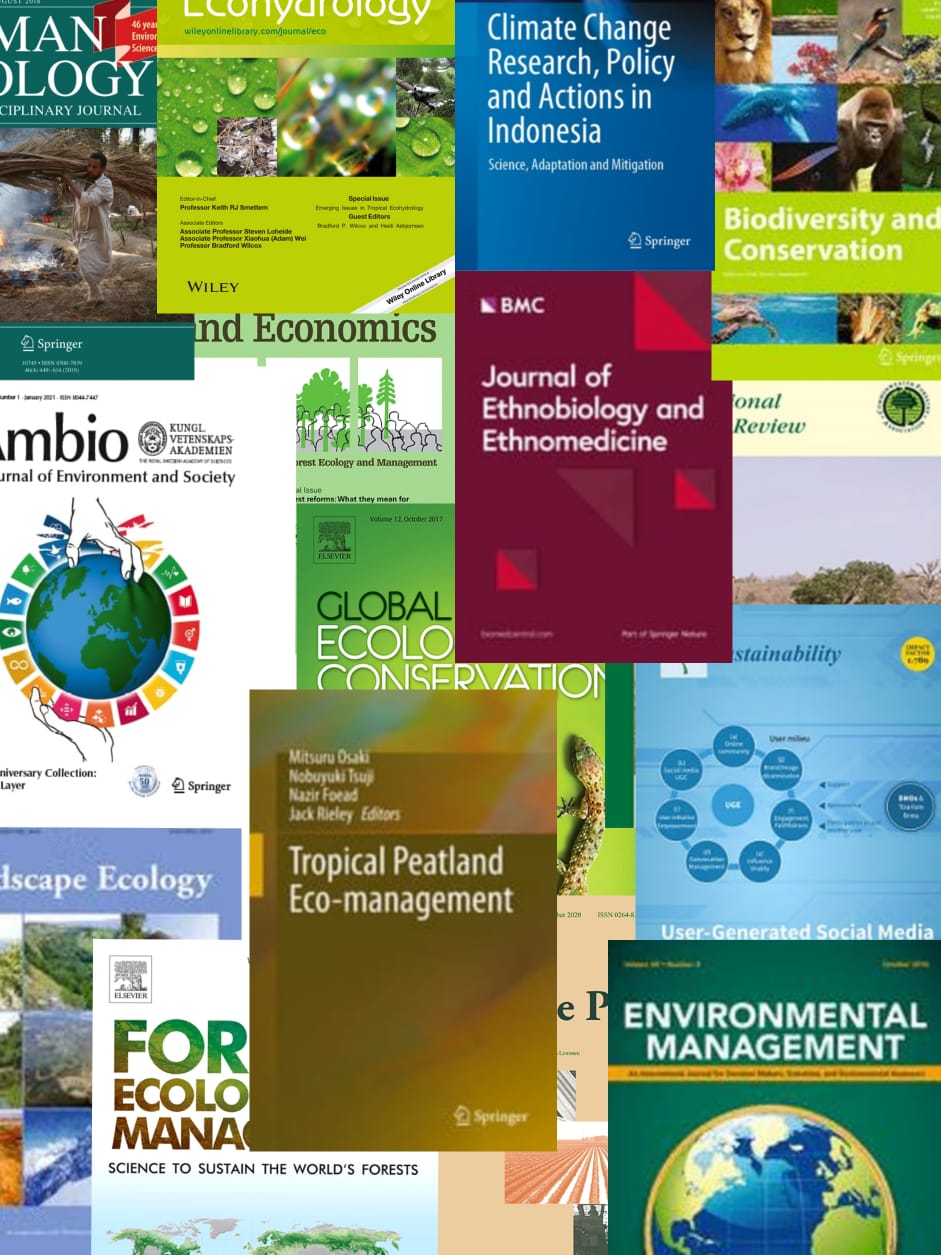Indonesia’s peatlands have been subject to extensive deforestation and degradation resulting from logging, drainage, fires and conversion to other land uses. A number of restoration initiatives have been attempted to address this degradation yet, to date, there has been little coherent or rigorous reflection on the effectiveness of these interventions. This paper examines the barriers to peatland restoration in Indonesia and reviews the techniques so far used to restore degraded peatland in the tropics. Direct barriers to peatland restoration in Indonesia include altered peat topography, peatland drainage, the presence of invasive ferns and shrub species, repeated fires, and flooding risks. Indirect barriers include climate change, inconsistent land-use policy and lack of alternative livelihood options. We highlight that most restoration activities carried out to date have been small-scale trials and the restoration techniques used have included canal blocking, seedling transplantation, and promotion of seed dispersal. We suggest that successful peatland restoration in Indonesia is as much dependent on meaningful land use policy and governance reform as it is on the technical effectiveness of specific restoration methods. © 2018, Society of Wetland Scientists.
View source

